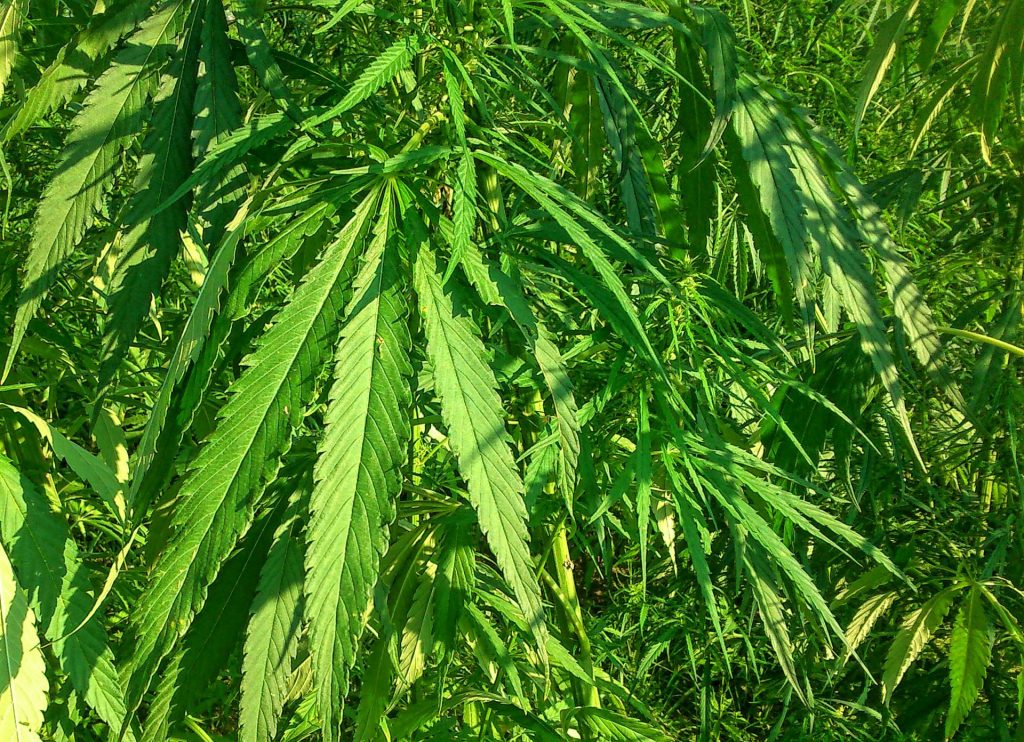
Future growers of industrial hemp in Florida will have the advantage of research being conducted now by the University of Florida Institute of Food and Agricultural Sciences (UF/IFAS). The Florida Department of Agriculture and Consumer Services expects Florida farmers will be allowed to legally plant industrial hemp in 2020.
Zach Brym, agronomist at the Tropical Research and Education Center in Homestead and research coordinator of the UF/IFAS Industrial Hemp Program, summarizes the work being done.
“We’ve taken the last couple of years just to get up and running,” Brym says. Researchers had to obtain permits and authorizations to grow the crop, and finally planted seeds in 2019.
“My plot in Homestead was the first legal outdoor planting of industrial hemp in the state of Florida in decades, maybe 60 or 70 years … By and large, those plants were healthy. They grew up to full maturity and we learned a lot by watching them grow,” says Brym. Several other UF/IFAS facilities around the state are also growing hemp indoors and outdoors.
The amount of light and heat in Florida are a challenge to hemp production. So is drainage. Brym says he heard from others who had planted the crop that “it doesn’t like to get its feet wet, and that’s something that we saw in our Central Florida location.” He says plants were doing well there until much rain fell in the middle of the year, including 5 inches in one week.
“The field wasn’t well drained. We had a hard time getting the water off the field, and within a couple days we went from really healthy-looking plants to yellowing of the leaves, dropping the leaves,” Brym says. Researchers ultimately determined the site wasn’t a good location for the crop.
Weeds are another challenge. “Hemp as a young plant tends to take a while to emerge and get up to a sturdy growth habit, and in those early days can be really overtaken by weeds,” Brym says. Southern blight, bacterial leaf spot and some soil-borne diseases are also a concern, he adds. “Putting all those pieces together is really sort of what our program is all about,” he says.
Brym also addresses the issue of THC, the mind-altering compound that makes the difference between illegal marijuana and legal industrial hemp. To be classified as industrial hemp, the crop must be tested and contain no more than three-tenths of a percent THC. “We have several varieties of the plants in the trials that did exceed that three-tenths percent limit,” Brym says. He adds that it’s too soon to tell why, but it is an issue “that the farmers are going to have to be mindful of and monitoring for to be within compliance of their permits.”
Hear more from Brym in this interview with Southeast AgNet’s Tacy Callies from the Florida Industrial Hemp Conference and Exhibition:
Share this Post









